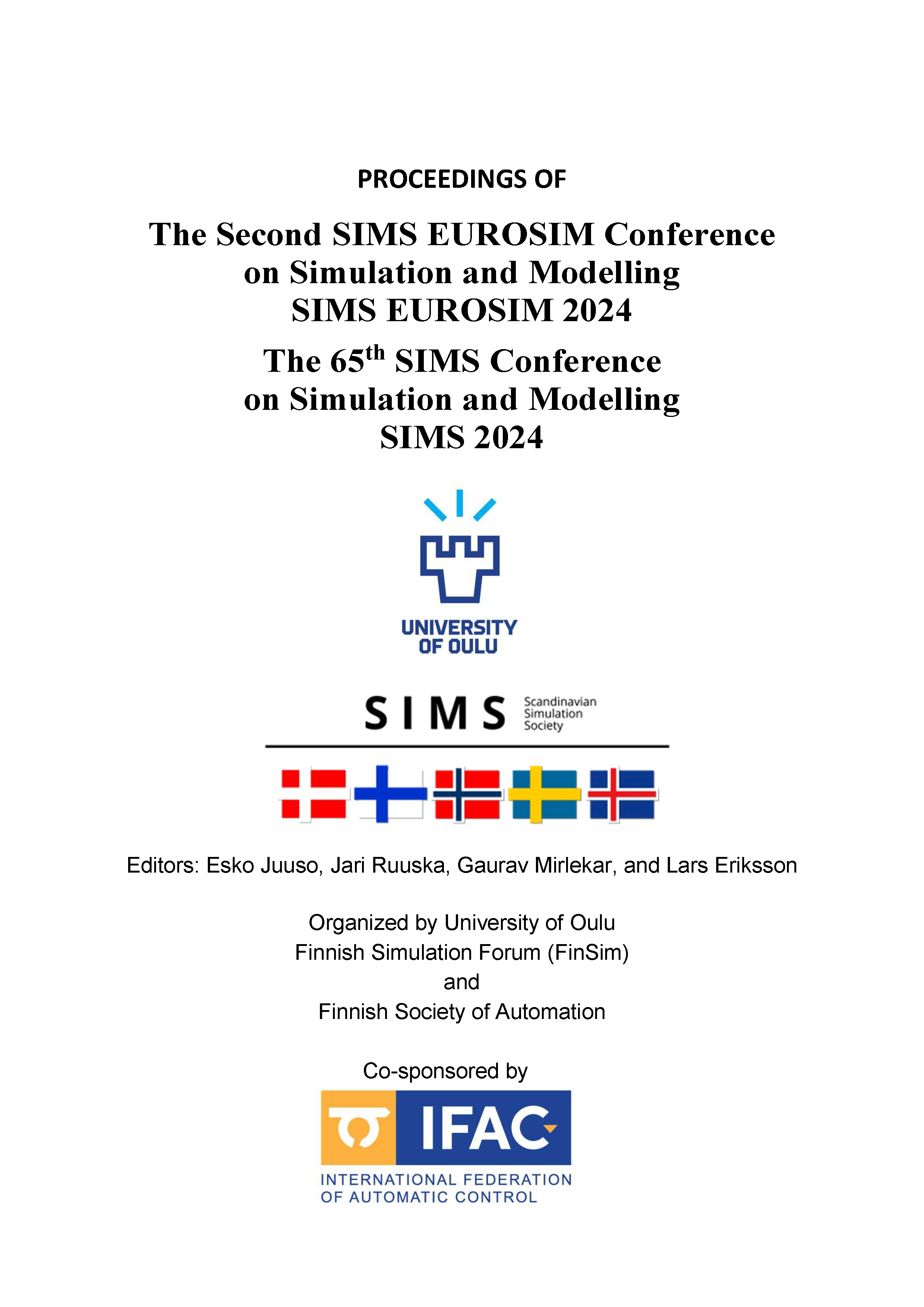Performance of direct air capture process in honeycomb channel configuration: A CFD study
DOI:
https://doi.org/10.3384/ecp212.041Keywords:
CFD, Hexagonal channel, adsorption, Direct Air Capture, surface reactionAbstract
This study presents a kinetic reaction modeling method for direct air capture (DAC) process of CO2 adsorption using computational fluid dynamics (CFD). Here, CO2 is adsorbed by amine coated air surface contact area. The Langmuir model is employed to represent the kinetics of CO2 adsorption. Despite neglecting the diffusive phase of the adsorption, which is dominant only in the later stages of adsorption, the surface reaction model gives a satisfactory representation of the adsorption for a major part of the process. Honeycomb reactors with coated adsorbent may yield a better control of reaction rate and pressure drop compared to commonly used packed bed adsorption columns. Their enhanced performance in distributing the flow homogeneously between and within channels creates unique features for the reactor. In this study, we have analyzed mechanical and electrical energy demand for adsorbing CO2 per unit mass of adsorbed CO2 as a function of air flow rate. Adsorption performance of honeycomb structure is anticipated to significantly improve in comparison to the packed beds.Downloads
Published
2025-01-13
Issue
Section
Papers
License
Copyright (c) 2025 Majid Nejadseifi, Shervin Karimkashi, Tero Tynjälä, Payman Jalali

This work is licensed under a Creative Commons Attribution 4.0 International License.

